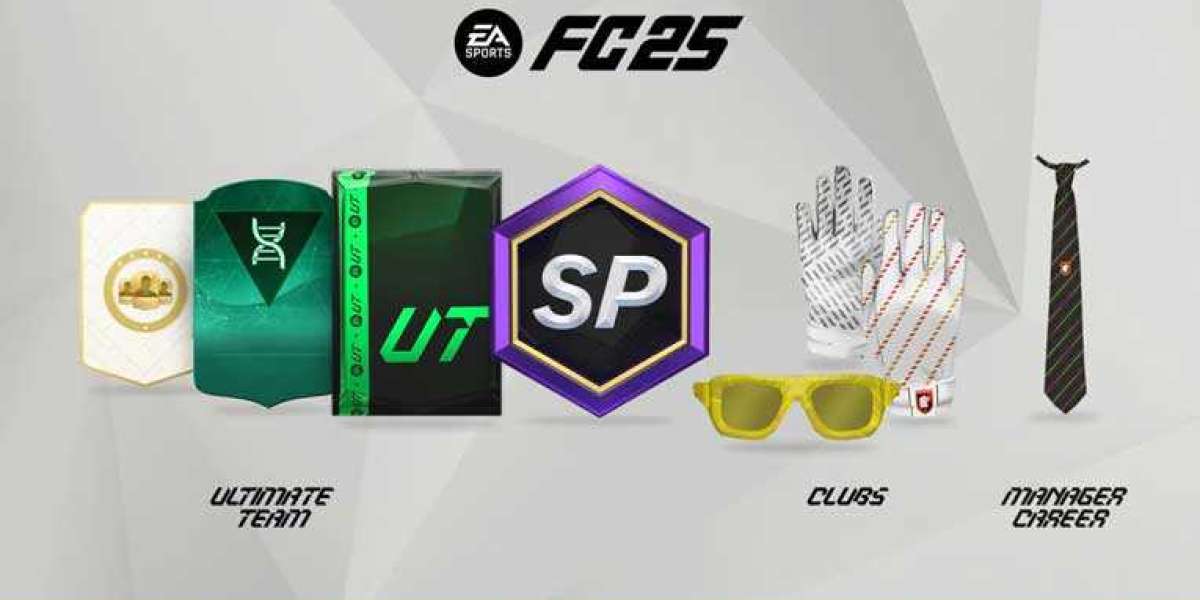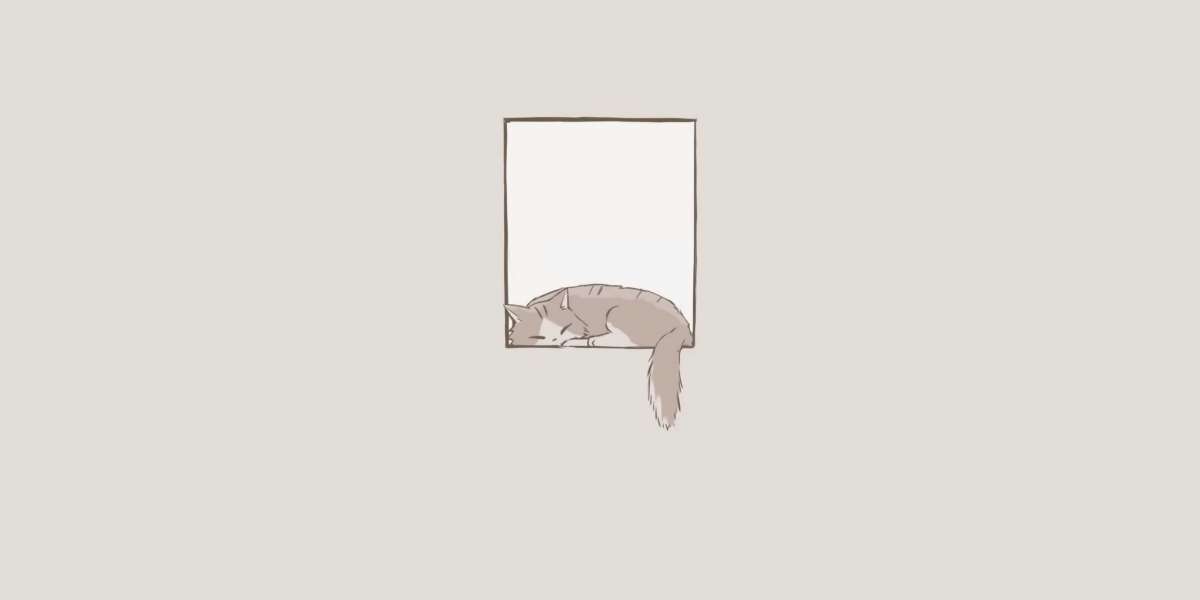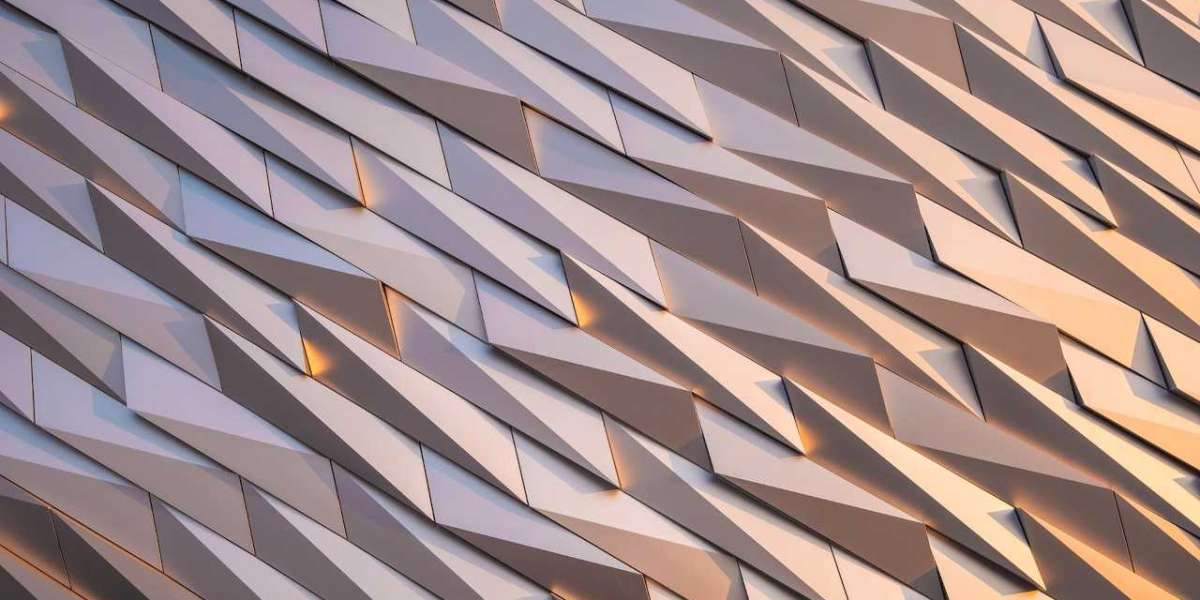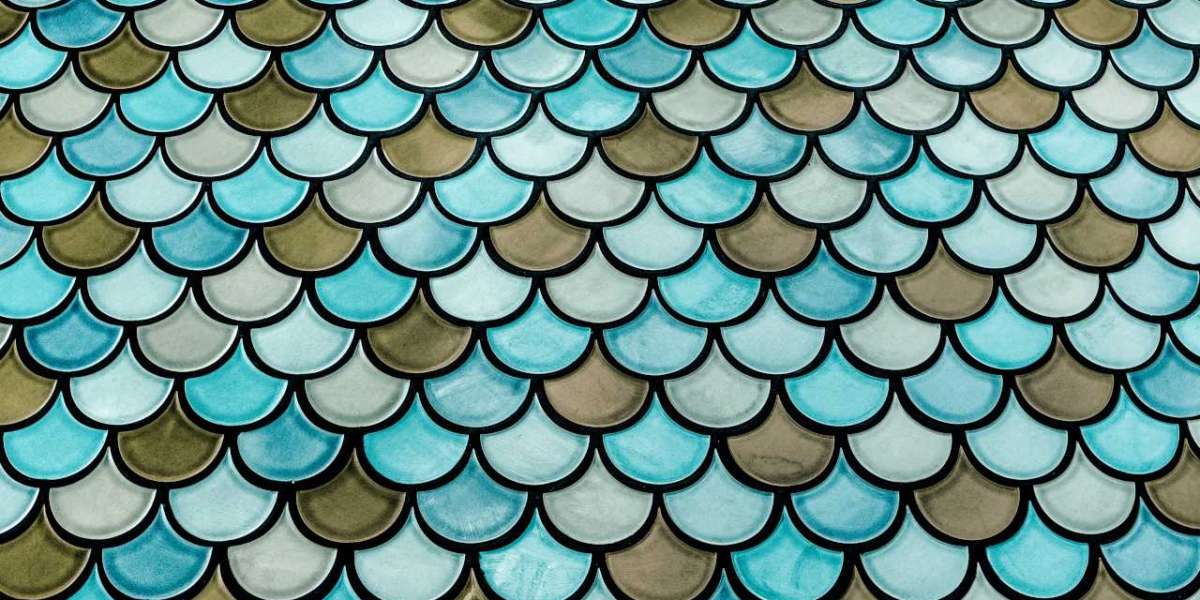Introduction:
In April 1990, an astonishing scientific event unfolded in the vastness of space that would leave astronomers puzzled and lead to a monumental engineering task. It was a time of great anticipation as the highly anticipated Hubble Space Telescope, widely regarded as humanity's window into the cosmos, was finally deployed. Little did scientists know that they were about to encounter a major setback, one that would test their ingenuity and determination to the very limits in order to save the extraordinary mission.
Detailed Description:
Following its launch aboard the space shuttle Discovery on April 24, 1990, the Hubble Space Telescope embarked on its journey, poised to revolutionize the way we perceive the universe. In the following days, engineers and astronomers eagerly awaited the initial images, hoping to witness celestial wonders previously unattainable from Earth's surface.
However, as the first images finally arrived in NASA's control centers, the excitement quickly turned to disappointment and disbelief. The highly anticipated clarity and sharpness promised by the Hubble's cutting-edge technology were nowhere to be found. Instead, what astronomers saw was a collection of blurry images that failed to live up to the telescope's immense potential.
Determined to uncover the cause of this unexpected outcome, scientists initiated an extensive investigation. As they meticulously analyzed the available data, it became apparent that the source of the problem lay within the telescope's primary mirror, the key component responsible for gathering and focusing light.
Further examination revealed an error during the polishing of the mirror's surface. A microscopic flaw, merely 1/50th the thickness of a human hair, had been introduced during manufacturing. Known as the spherical aberration, this flaw effectively rendered the Hubble's images blurry and severely compromised its scientific aptitude.
Realizing the magnitude of the predicament, NASA and a dedicated team of scientists and engineers turned their attention to finding a solution. A daring and unprecedented repair mission was planned, one that would require the expertise of technicians and astronomers alike.
Months of collaborative efforts led to the creation of corrective lenses, known as the Corrective Optics Space Telescope Axial Replacement (COSTAR), to compensate for the mirror's flaw. This ingenious device was designed to be installed during a subsequent repair mission, which would involve sending a shuttle crew to space to undertake a series of delicate and intricate tasks.
Ultimately, in December 1993, the Shuttle Endeavour embarked on its mission to conduct the historic and highly complex repair operation. Accomplishing what many considered a virtual impossible, the astronauts successfully installed COSTAR and executed additional repairs and upgrades, precisely aligning and adjusting the primary mirror. Through their incredible skill and ingenuity, they transformed the Hubble Space Telescope into the scientific marvel we know today, unleashing a wealth of groundbreaking discoveries and captivating images that have enriched our understanding of the universe.
Conclusion:
The discovery of the Hubble Telescope's problematic mirror and subsequent repair mission stands as a testament to humanity's unwavering determination to push the boundaries of our knowledge. This milestone event in 1990 not only revealed the resilience and creativity of scientists and engineers, but also showcased the remarkable achievements that can be accomplished when brilliant minds work together in pursuit of our endless curiosity about the cosmos.








